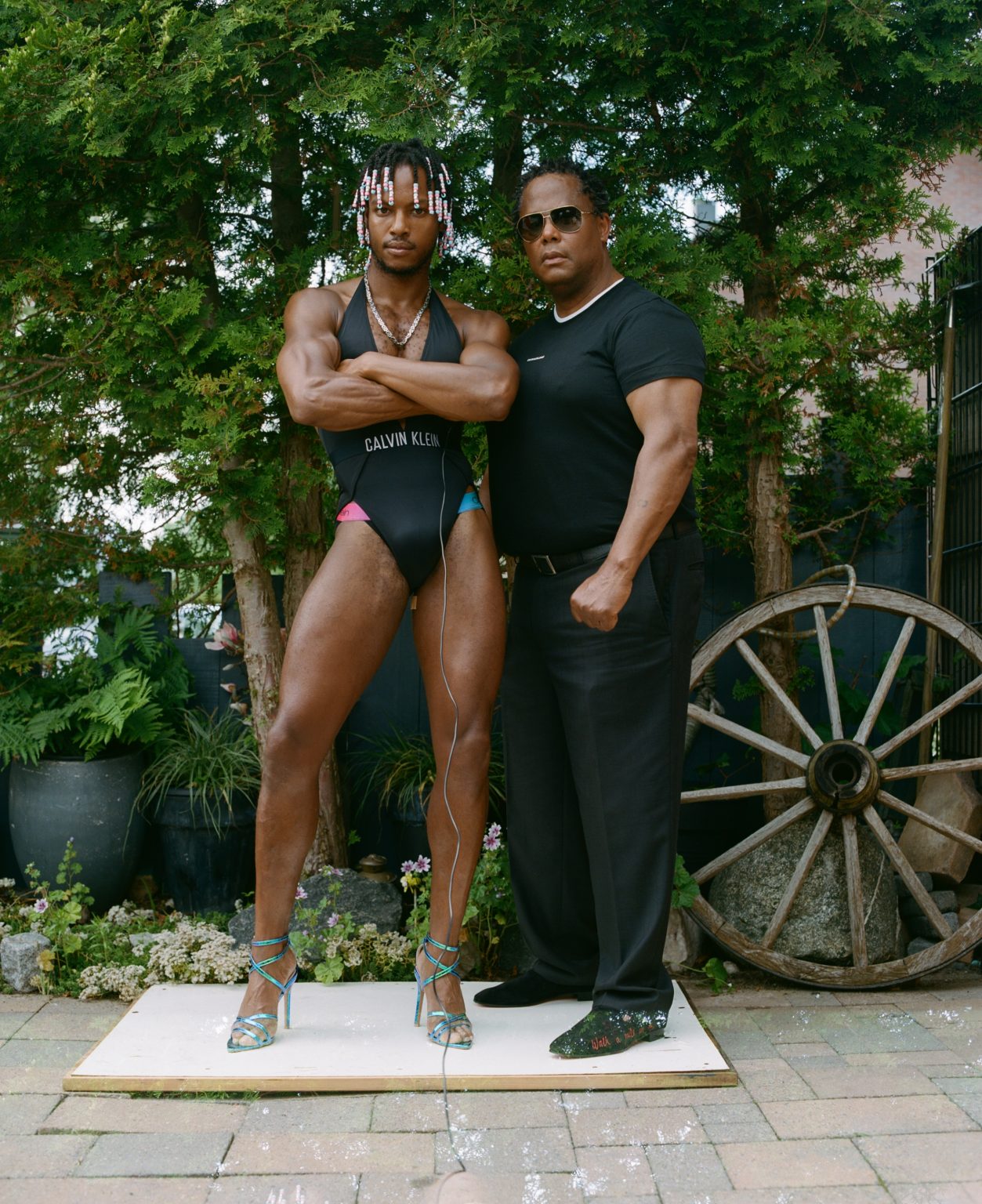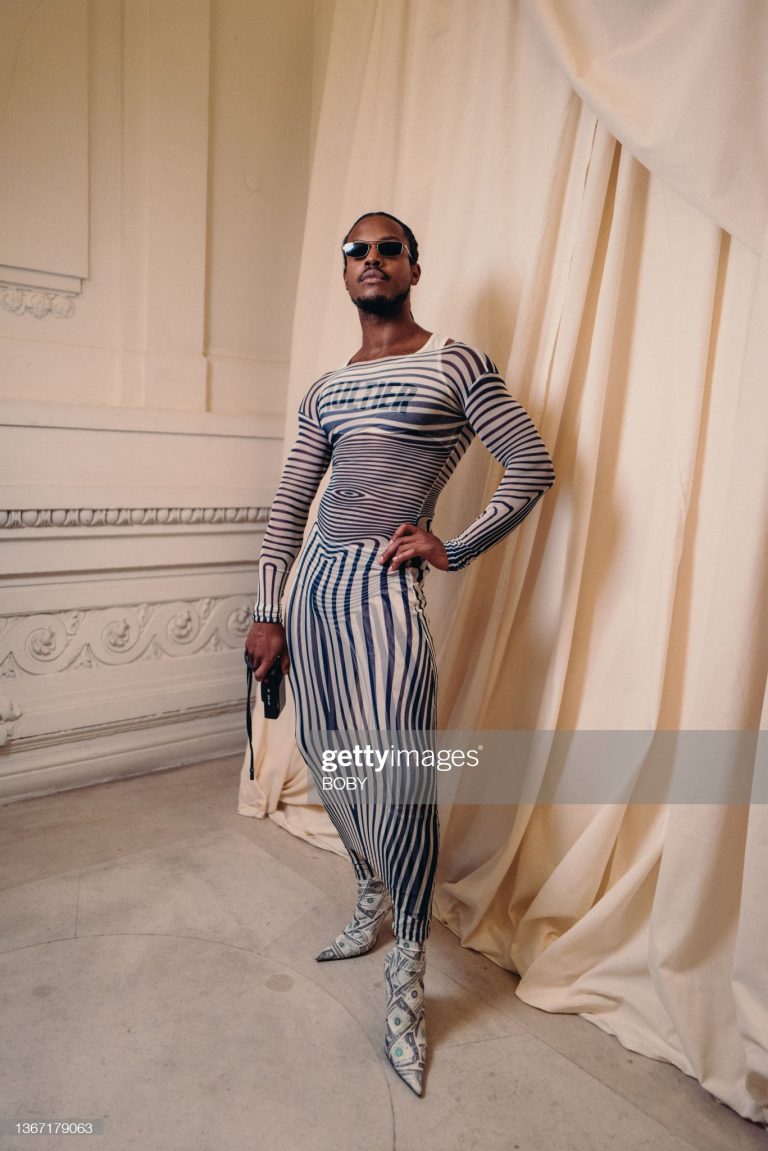Virality burns bright and then fizzles out. Virality makes for over exposure which in turn leads to attention fatigue around any given topic. I tend to burn bright and to fizzle into velvet black. I know about the next big thing, I know about rapid change, I know about attention and erasure. I know of women who see me intimately, and l know when their attention is fatigued.
I know of a small curatorial platform that sometimes burns bright and sets a small corridor of Amsterdam’s underground art scene on fire. A black queer fem led institution that too deals with fizzling out. It set up an offering of the bare minimum of cultural programming half of the year and then it jumped into its performative glory at the end of the year. At the end of the year when all the funding institutions needed their receipts, the curatorial platform set itself on fire. Temporarily. To hack the Cis white funding infrastructures. To finance yet another year of sustaining the intersection of black and queer.
I am a 28 year old queer black woman. Born, bred and buttered in Kampala. Currently re.fusing a curatorial practice in Amstersdam’s cruel hands. I am writing from 29 years post apartheid Cape Town and I am saying that institutions at the intersection of Black and queer have to fizzle out. The 360 degrees of a life at the intersection of black and queer is usually too far removed even from the margins to perform the kind of repetition that is necessary to build an institution over a long enough period of time. People at this intersection are often fizzling out. Burning. Out.
Black being is to be repeatedly erased, to have your personhood removed. To be queer is to both resist the norm and to be removed from the norm. To remedy this erasure I have decided to think along the lines of virality. Moments in the collective memory that brought large amounts of attention to one point. Events of a large number of people paying attention to the same image/video/song/topic. These situations are temporary, although, due their incitement of mob attention around a focused point, they cross the threshold into collective cultural memory, making them permanent (memorable /remember-able).
To go viral, is to spread or become popular very quickly through communication from one person to another, especially on the internet. What I am suggesting here is that, to use virality to institute the intersections of black and queer requires me to get ready and stay ready. To create parasitic attention relationships with viral moments in pop culture that capture large amounts of attention from the public at large. Even more interesting would be the ability to tap so intensively into a given ecosystem that I can create queer moments of virality from inside the outside of the institution.
Such a viral moment happened when Amsterdam based queer icon JeanPaul attended Paris fashion week in a tightly fitted striped dress. The image of Paris fashion week is usually dominated by skinny cis white bodies. JeanPaul’s image announces and archives the memorable facts that there are queer bodies actively participating in the Paris Fashion Week industry. An interesting image on the international scale, but locally, in Amsterdam, this was a moment both the inside and the outside of the Amsterdam queer scene were under the spell of the same image.

Another example that is worth mentioning is an image of JeanPaul posing next to his father in a bikini. JeanPaul is part of the Amsterdam ecosystem and from within it, he tapped into its desires so effectively that he orchastrated an instance of mob attention around a focused point.
An image of a black gay man, posing with his father. A familiar tie that most black gay men in Amsterdam don’t have. This image then serves to institute the fact that there are black families of queer children that never sent their kids away for being gay and most importantly that there are families that have reunited with their estranged queer children.
Instituting matters. The word institute breaks down into in and stitutuere giving rise to a meaning that can be summarized as towards setup. To institute the intersection of black and queer, I am going to have to move towards setup; towards organization for a particular purpose. To institute also calls upon ideas of establishment, in the material form, as in buildings and also in the immaterial form, which here, I will define as a summation of self affirming principles that are repeatedly pushed into praxis by a group of black and queer sovereigns. Staying with JeanPaul’s images, we can view them as instances of identity affirming performances at the intersection of black and queer.

To stay within the difficulty of these linguistics, I would like to zoom in on the notion of setup. To set up implies creating infrastructures that allow for a given goal to be reached. The goal of this particular infrustructure would be to reach a place that productively re-produces and prioritizes the intersection of black and queer. This would involve the repeated performance of black and queer intersection affirming acts over a steady stretch of time. A succesful iteration of such an institution would in essence be a performative infrastructure that survives happenstances and situationships and leaps into space pressing itself into variously cultured times and establishing itself as a norm.
To stand between a door and a latch is queer nature. A story of slammed hard doors and loveless returns. A sun for a daughter and a daughter for a dike. A multiplicity, a fluidity and a transience of being that is going to have to break out of the infrastructures that move towards setting it up.
Precisely because of its fluidity, I draw upon Vinson Cunningham’s understanding of blackness. ….Black as a shorthand for African-descended people everywhere. Although, I am in the dark, muddy waters of an institution at the intersection of black and queer, so l am going to have to move from classification to intimate and experiential re-definition.
So now it feels to me that Frank B. Wilderson III’s definition of black as always coterminous with slaveness is warranted. Wilderson III posits that the being of blackness is always in the process of breaking free, always committing disruptions to inch away from the perpetual state of social death; the black person is always a slave and, therefore, a perpetual corpse, buried beneath the world and stinking it up.
On walking the thin line between gender and race without any intention to allude to trans-racialism, queer being and black being are both in the state of breaking free. How does one set up an infrastructure that has to perpetually be broken out of? If being black is in a constant state of erasure from the norm and queerness resists the norm, then how do we institute this intersection?
What l am proposing here is a hack, a scam really. To use virality to help black and queer institutions to survive past a phase of fizzling out. At the intersection of black and queer institutions there is a disappearing. I am proposing that through virality, we can create a formula where these institutions can be remembered outside of themselves. That the various impactful events within a viral queer moment are so effectively remembered. So that every time a black queer person goes viral they become a performance of the queer institution.
A series of both real and faux identity affirming performances at the intersection of black and queer are set into motion through both active contribution by real participation of black and queer sovereigns. An example of this is for example, the image of JeanPaul is a depiction of an event that actually took place. But what is foe is the type of repeated performance the memory of this viral image carries out. In our collective memory JeanPaul is always present at Paris Fashion week even when he fizzles out sometimes. This mechanism would create for a permanent presence of queer affirming performances in our collective memory. Our histories would be written in ways that are entangled with others specific to queers of colors.